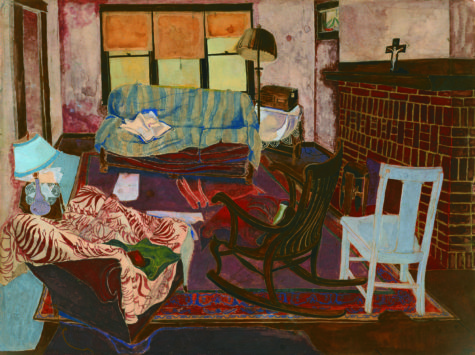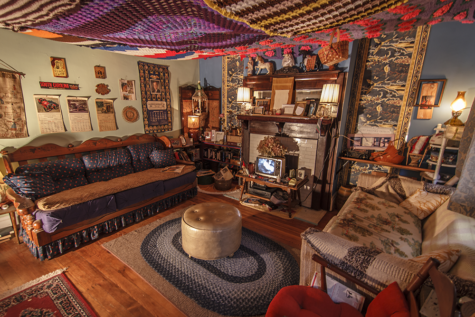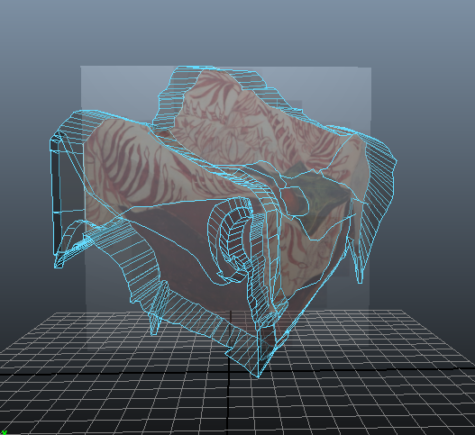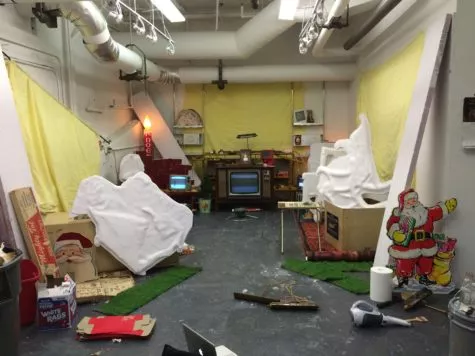I was thrilled to be asked by The Warhol’s Director, Eric Shiner, and Warhol staff to create a window installation for the new series Exposures, working in the tradition of Warhol’s early job experience at Hornes Department Store here in Pittsburgh. “Andy Warhola’s Living Room” came out of this unique context, as I wanted to create a work that spoke to the role of the museum as Warhol’s new home in Pittsburgh, a place where people have a chance to enter a very private, idiosyncratic space dedicated to an artist whose home here had been quite different when he was a young boy growing up on Dawson Street.

When I moved to Pittsburgh in 2013, I brought with me all of my grandmother’s belongings and lived in an installation in Lawrenceville, which was my grandmother’s house stripped of its original context, cut and paste into an empty house in Pittsburgh. This was one of the main reasons I responded to Warhol’s Living Room, as my first project as a student at Carnegie Mellon was eerily similar aesthetically to a work Warhol executed while training as a student at Carnegie Tech.

Initially, I wanted a photograph. My search began in an attempt to find as many photos of Warhol’s original Dawson Street home as I could. Surprisingly, very few photos are extant from his childhood, I learned, while speaking with Donald Warhola, who generously gave his time to meet and discuss his personal history as Warhol’s nephew. Little did I know that Christmas at the Warhola’s was a very sacred and spare affair, with Warhol often being gifted only a single piece of fruit. Warhola pointed me in the direction of the image Living Room on the museum’s seventh floor, as an alternative to a photograph. I decided to recreate it.

I did not want my hand in the work, and in a somewhat ironic gesture, wanted to emphasize Warhol’s. Taking a distinctly Warholian approach, I wanted to be a machine. By extracting the individual objects from a high resolution image, I was able to isolate elements of the composition and process them through a three dimensional rendering program to create shapes based on the light and dark values. These 3D models were then fed through a CNC router, which cut extruded shapes out of foam. I feel like the sculptures appear to be made from either steel or aluminum foil, an ambiguity I like, since there’s something beautiful and not entirely arbitrary about the “Silver Factory” when you consider Warhol’s roots in an industrial mining town like Pittsburgh.

I hope everyone enjoys “Andy Warhola’s Living Room” as much as I enjoyed making it, and I’m thankful for everyone at the museum for such a wonderful opportunity to go deep inside Warhol’s world. Also special thanks to Lauren Valley, Claire Hentschker, Charlotte Stiles, Margaret Cox, and Michael Johnsen.
This first iteration of Exposures is on view in the museum’s front windows through March 1, 2015.

